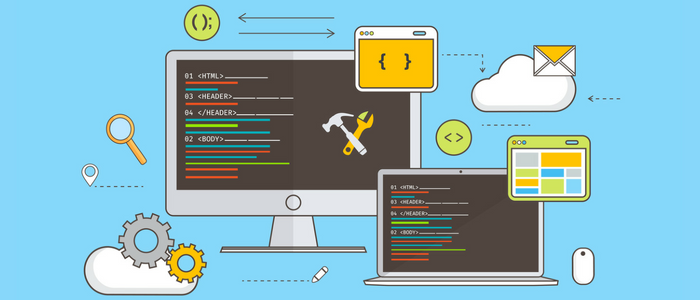Python has emerged as a powerhouse in the world of web development, enabling developers to build dynamic and feature-rich web applications with ease. Its simplicity, versatility, and extensive libraries make it a preferred choice for web developers worldwide. In this blog post, we will explore how Python can be harnessed to create robust and interactive web applications, while also emphasizing its significance in the realms of Data Analysis and Data Science.
Leveraging Python for Web Development
1. Choosing the Right Framework
Python offers a plethora of web frameworks, each designed to cater to specific needs. Django, known for its “batteries-included” approach, provides an all-in-one solution for building complex web applications rapidly. On the other hand, Flask offers a lightweight and flexible option, allowing developers to choose and integrate components as per their project requirements.
2. Dynamic Web Pages with Templates
Python’s integration with powerful templating engines like Jinja2 allows developers to create dynamic web pages effortlessly. By rendering data from the backend to templates, web applications can display content that adapts to user interactions, making the user experience more engaging.
3. Database Interactions
Python’s seamless integration with various databases, such as SQLite, PostgreSQL, and MySQL, enables developers to store and retrieve data efficiently. By leveraging Object-Relational Mapping (ORM) libraries like SQLAlchemy, database interactions can be simplified, making web development more intuitive and enjoyable.
4. Handling User Authentication
Security is paramount in web development. Python’s frameworks provide robust mechanisms for handling user authentication and managing user sessions, safeguarding sensitive information and ensuring a secure user experience.
Python in Data Analysis and Data Science
Python’s prowess extends beyond web development. Its popularity in the field of Data Analysis and Data Science is noteworthy. Here are five instances where Python finds extensive use:
- Data Cleaning and Preprocessing: Python’s libraries, such as Pandas, simplify data cleaning and preprocessing tasks, ensuring that datasets are in optimal condition for analysis.
- Data Visualization: Libraries like Matplotlib and Seaborn allow developers to create insightful data visualizations, aiding in data exploration and pattern identification.
- Machine Learning: Python’s rich ecosystem of machine learning libraries, such as scikit-learn and TensorFlow, empowers data scientists to build powerful predictive models and perform complex analyses.
- Statistical Analysis: Python offers various statistical libraries, such as SciPy and StatsModels, facilitating statistical analysis and hypothesis testing.
- Interactivity with Jupyter Notebooks: Jupyter Notebooks combine code, text, and visualizations in an interactive format, making data analysis and communication of results seamless.
Conclusion
Python’s versatility as a programming language makes it an invaluable asset in both web development and the domains of Data Analysis and Data Science. From building dynamic web apps to performing complex data analyses, Python continues to empower developers and data scientists to push the boundaries of innovation and creativity.
So whether you are a web developer embarking on the journey of building your next web application or a data scientist working on a data-driven project, Python has the tools and capabilities to elevate your work to new heights.


